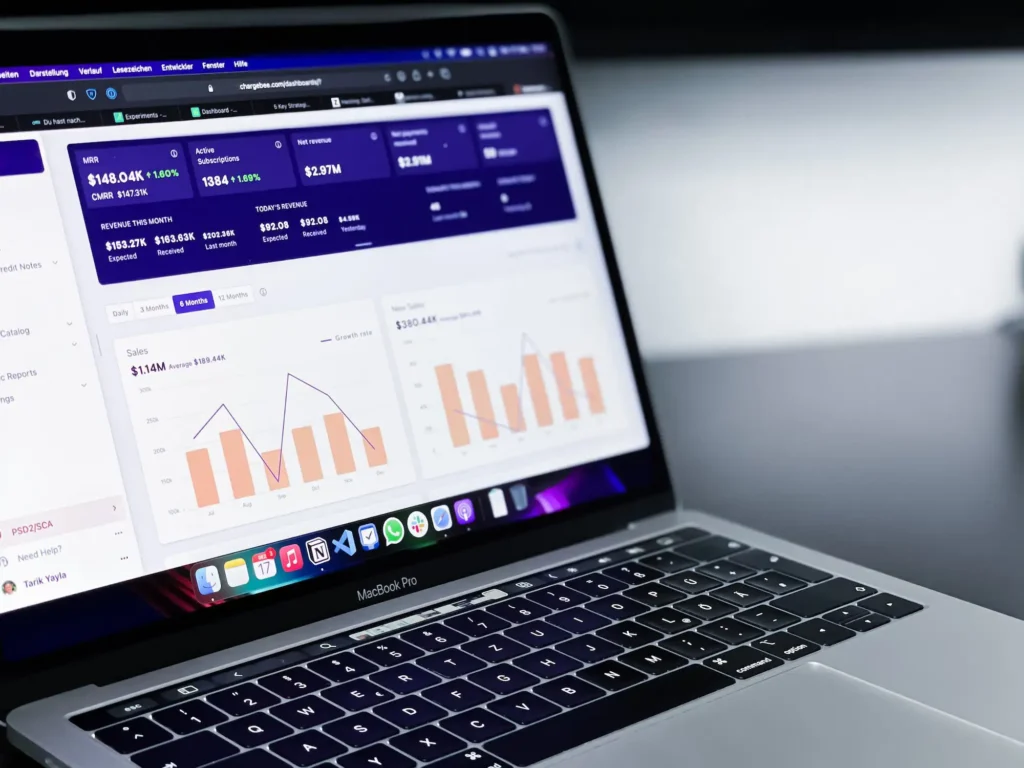Summary
- The return of student loan payments in the US impacts over 40 million Americans, leading to reduced disposable income and changing consumer spending patterns in retail.
- Retailers must differentiate themselves in this evolving landscape, and AI-driven merchandising platforms like EDITED offer a solution.
- Competitive pricing analysis ensures retailers remain appealing to budget-conscious consumers by adjusting prices in real time.
- Personalized promotions and accurate inventory optimization further enhance retailers’ ability to thrive in the changing economic landscape.
Student Loan Payments Return, Posing Challenges for Retail
The retail landscape has always been dynamic and challenging. With the return of student loan interest accrual in the US earlier this month, and payments resuming come October 2023, retailers face even greater uncertainty.
After a three-year pause on payments during COVID, now, over 40 million Americans will have to reassess their spending habits as they account for this added monthly cost.
Adapting to Change: What Does This Mean for Retail?
With millions of Americans having decreased disposable income, they will be spending less on non-essential items. So, in short, retailers must prepare for this shift in consumer behavior to remain competitive and relevant in the market.
According to Business of Fashion, 62% of individuals with student loans are planning to tighten their budgets. BOF explains that this economic shift poses a significant challenge for retailers, especially those in the middle of the market. These retailers, characterized by moderate pricing and a lack of a distinct product offering, often struggle to differentiate themselves from competitors and may find it challenging to retain their customer base when consumers are watching their budgets more closely.
How Can I Differentiate My Business and Remain Profitable?
Retailers must refine their assortment and pricing strategies to thrive in this changing landscape. BOF explains, “By providing a differentiated product, price, experience or some combination of the three, retailers stand a chance to weather the return of student loan payments…”
This is where an AI-driven merchandising experience platform comes into play.
By implementing an AI-driven merchandising experience platform, retailers are able to remain customer-centric by adjusting and aligning their assortments, pricing, and promotions to their customers’ changing needs, and can manage their inventory levels accordingly.
An AI-driven retail intelligence platform helps retailers by providing quick access to data-driven insights, recommending actions, and automating processes that are typically done manually. Specifically, retail merchandisers can use this technology to adjust to changes in spending by accessing data-driven insights across competitor pricing, implementing personalized promotions, and optimizing inventory.
- Data-Driven Insights
These platforms provide retailers with invaluable data insights into their product assortment and performance relative to the market. Retailers can monitor which products are selling well and which ones are struggling. With a clearer understanding of consumer preferences, they can make informed decisions about which products to promote and which ones to phase out.
- Competitive Pricing Analysis
One of the critical aspects of surviving in the resumed student loan payment era is competitive pricing. AI-driven merchandising platforms enable retailers to keep a close eye on competitor pricing strategies. If your target customers are among those affected by student loans (which most likely some portion are) the ability to adjust your pricing, or offer discounts and promotions, becomes essential. These platforms provide real time data on market pricing, helping retailers ensure their pricing is competitive and appealing to budget-conscious consumers.
- Personalized Promotions
AI-driven platforms can also assist retailers in creating personalized promotions that resonate with their target audience. By analyzing consumer behavior and preferences through data collected with AI retail technology, retailers can tailor their marketing efforts to reach those who are most likely to respond positively to discounts, promotions, and loyalty programs.
- Inventory Optimization
During times of economic uncertainty, managing inventory becomes paramount. AI-driven platforms can predict demand fluctuations more accurately than traditional methods, helping retailers avoid overstocking or understocking issues. This reduces carrying costs and maximizes profitability.
Conclusion
The reinstatement of student loan interest and payments will affect people across the board in more ways than one. For retailers to remain competitive and profitable during this challenging time, they must implement AI-driven retail technology to adjust their business strategies in real time. AI-driven merchandising experience platform, EDITED, offers retailers the tools needed to make data-informed decisions, optimize pricing strategies, personalize shopping experiences, and streamline inventory management.
Request a demo here and discover how EDITED can help your business remain afloat and competitive amidst the changing economic landscape.







